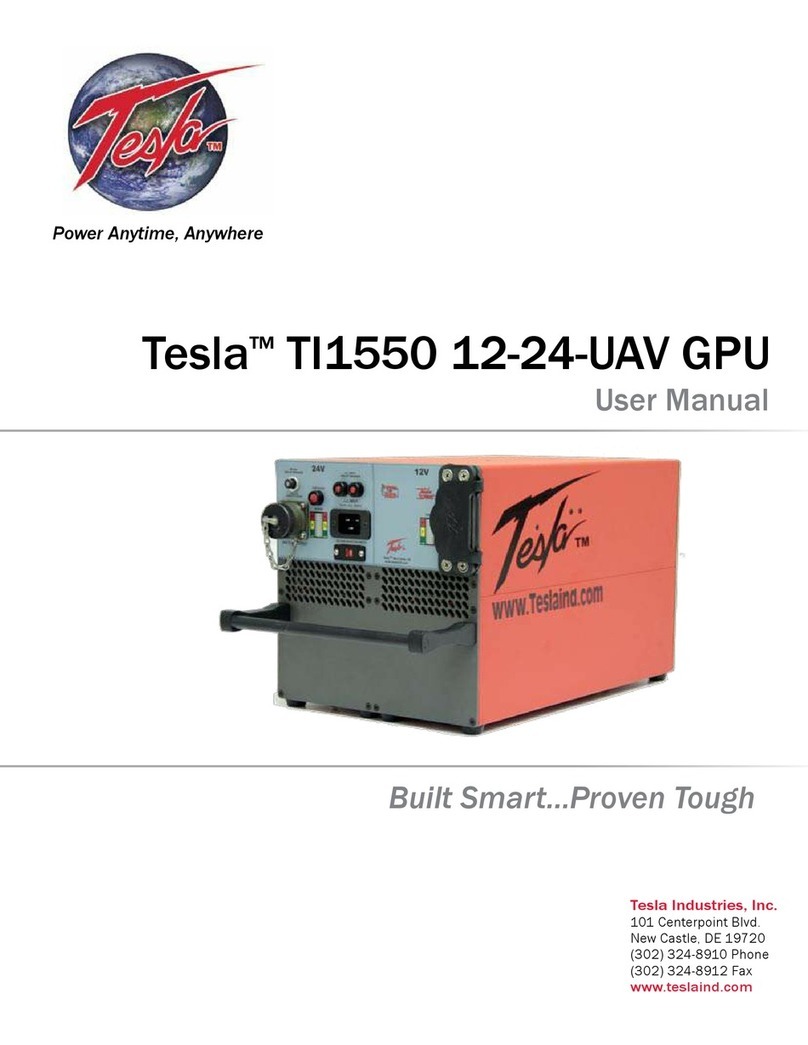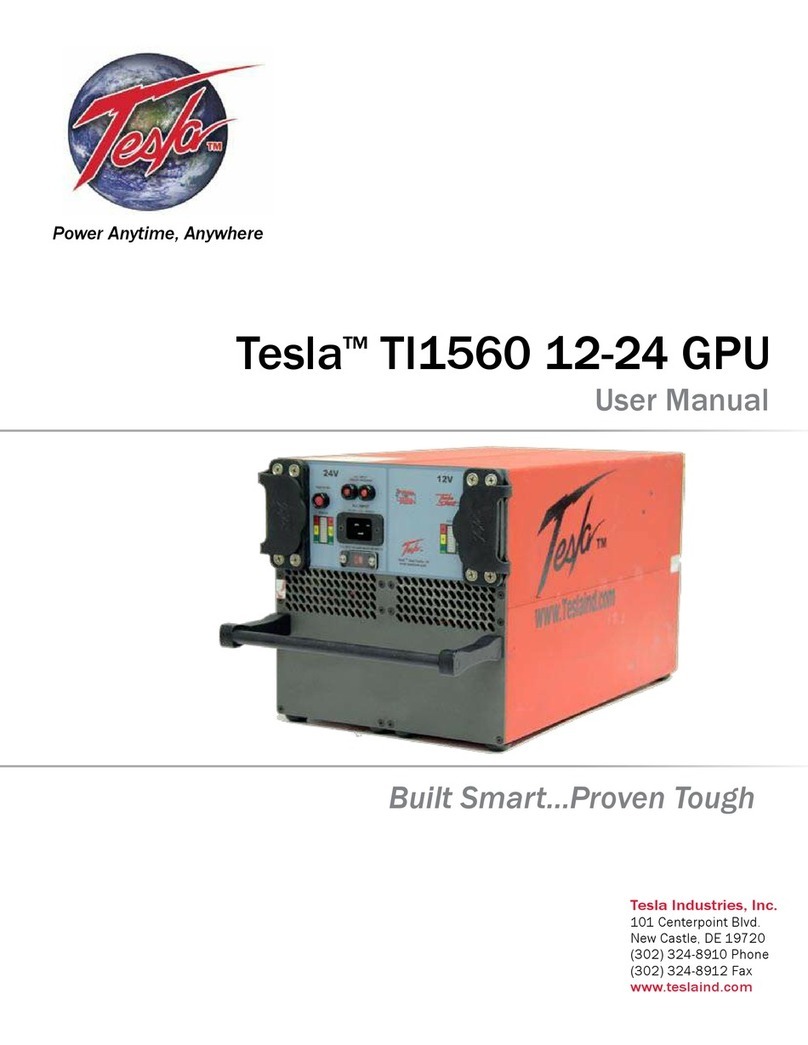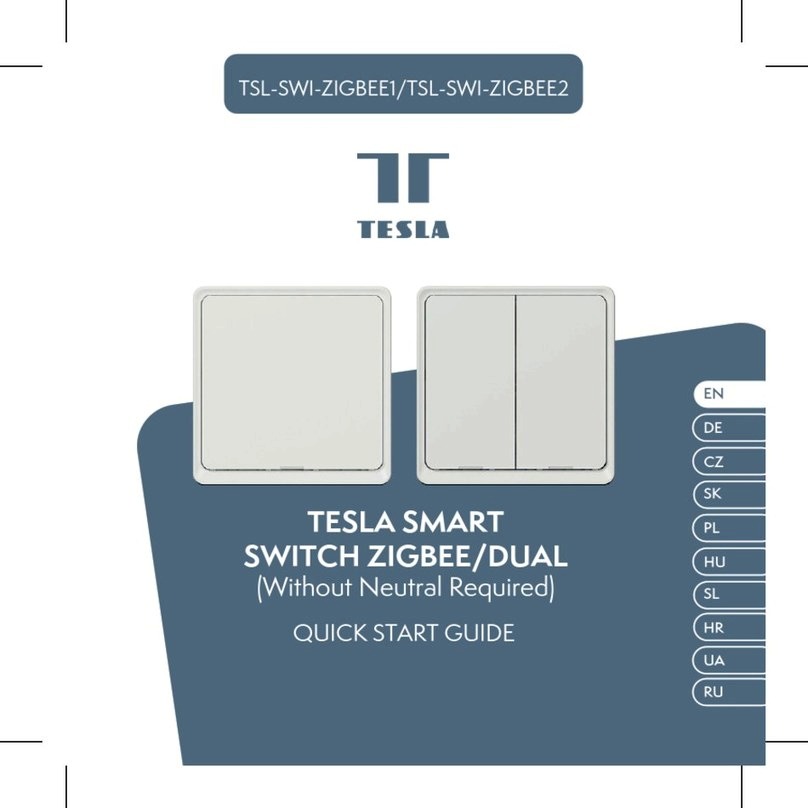
TI50A DC Power Supply
2
1Safety Review
1.3 – Hazards
WARNING Shock Hazard Potential
WARNING Shock Hazard Potential
Severe injury or death from electrical shock can occur when damp electrical plugs are connected to the
unit. Before making any connections, turn off unit. Failure to use proper grounding can cause potential
shock hazard! In different countries, the power cord may require the use of a plug adapter to achieve plug
style compatibility for operation. Use only adapters with proper grounding mechanism.
CAUTION Unit Damage Potential
Severe injury or death from electrical shock may occur, if either user
or the unit is wet, while the unit is connected to a power source. If the
unit has come into contact with water, disconnect ac power from the ac
source. If AC Input Circuit Breaker has tripped due to water in ltration,
DO NOT try to reset it with the ac line voltage attached.
Figure 1.3.1 – Proper Ground
Grounded Plug with Grounding Pin
Figure 1.3.2 – Proper Ground
Adapter with Grounding Mechanism
(Secured to Outlet)
Figure 1.3.3 – Improper Ground
Plug with No Grounding Pin
The use of unapproved ac power will damage the unit. Check the
Input Voltage Selector Switch window (outlined in blue) to ensure
the switch setting (115V or 230V) matches the ac power source
(hangar wall, ight line ac power) prior to connecting the unit for
recharging.
Figure 1.3.4 – TI50A DC Power Supply
Input Voltage Selector Switch


































